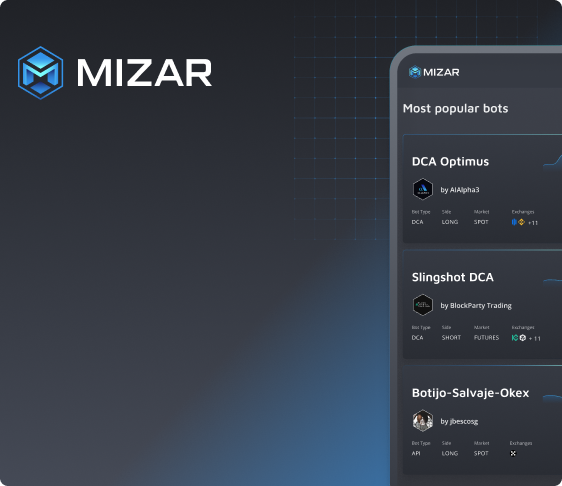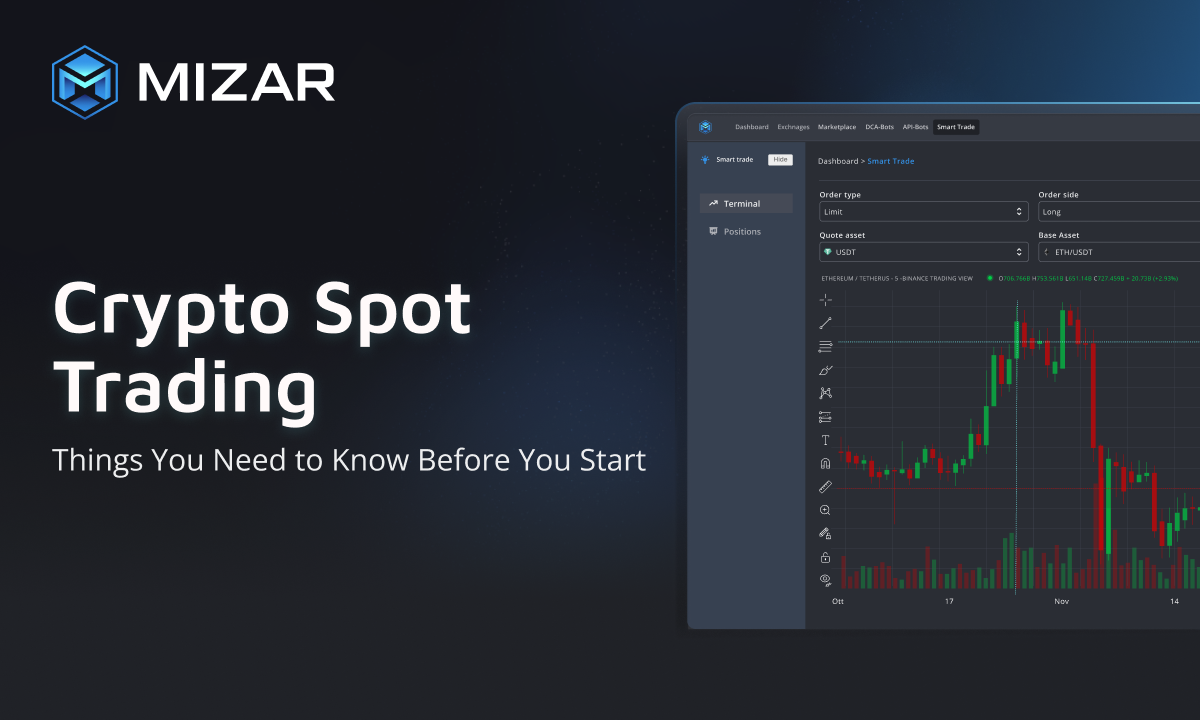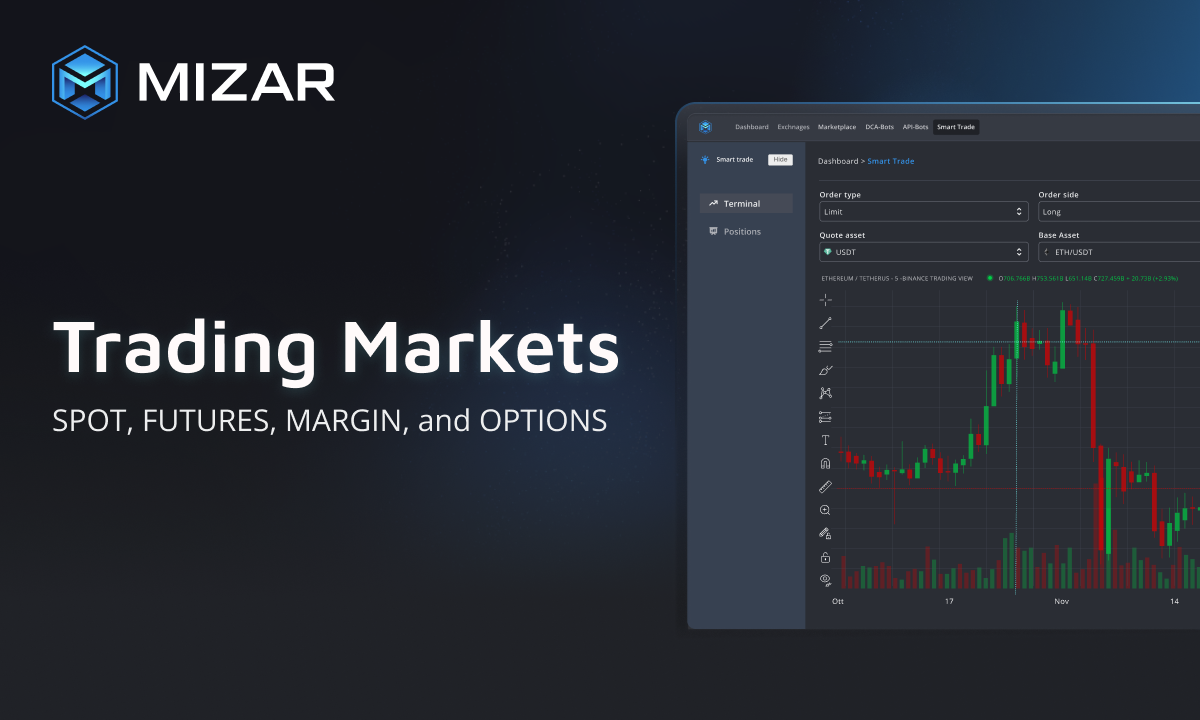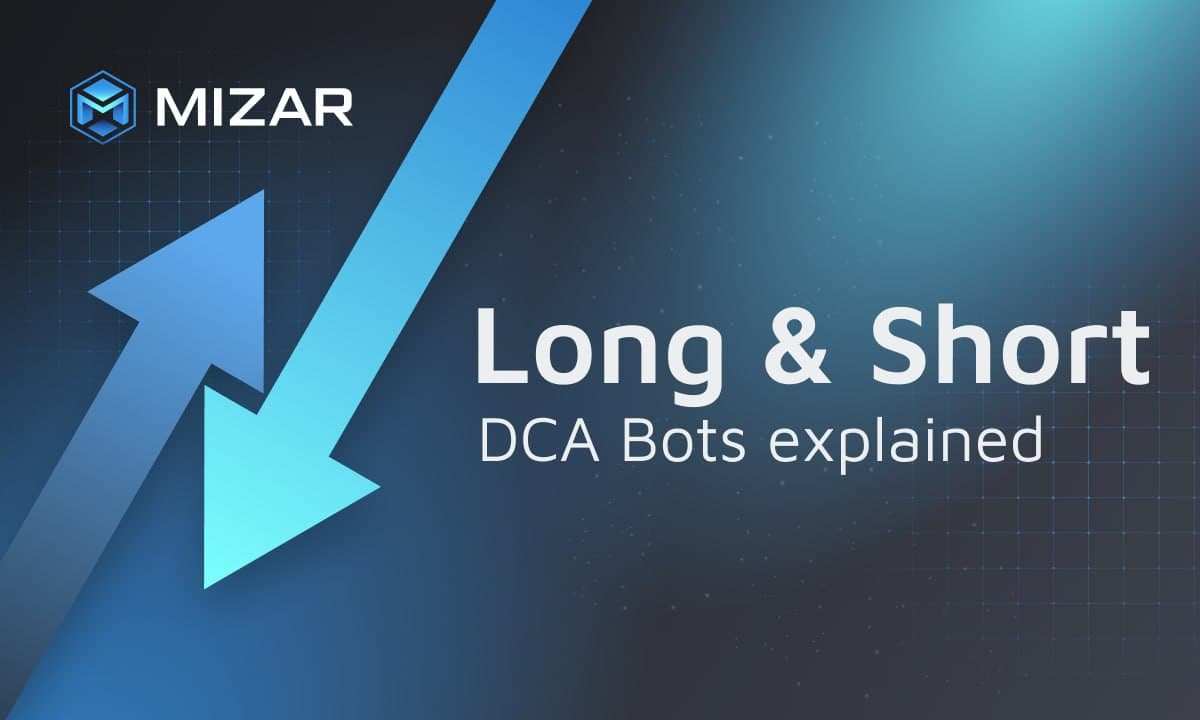Crypto Futures Trading: Things You Need to Know Before You Start
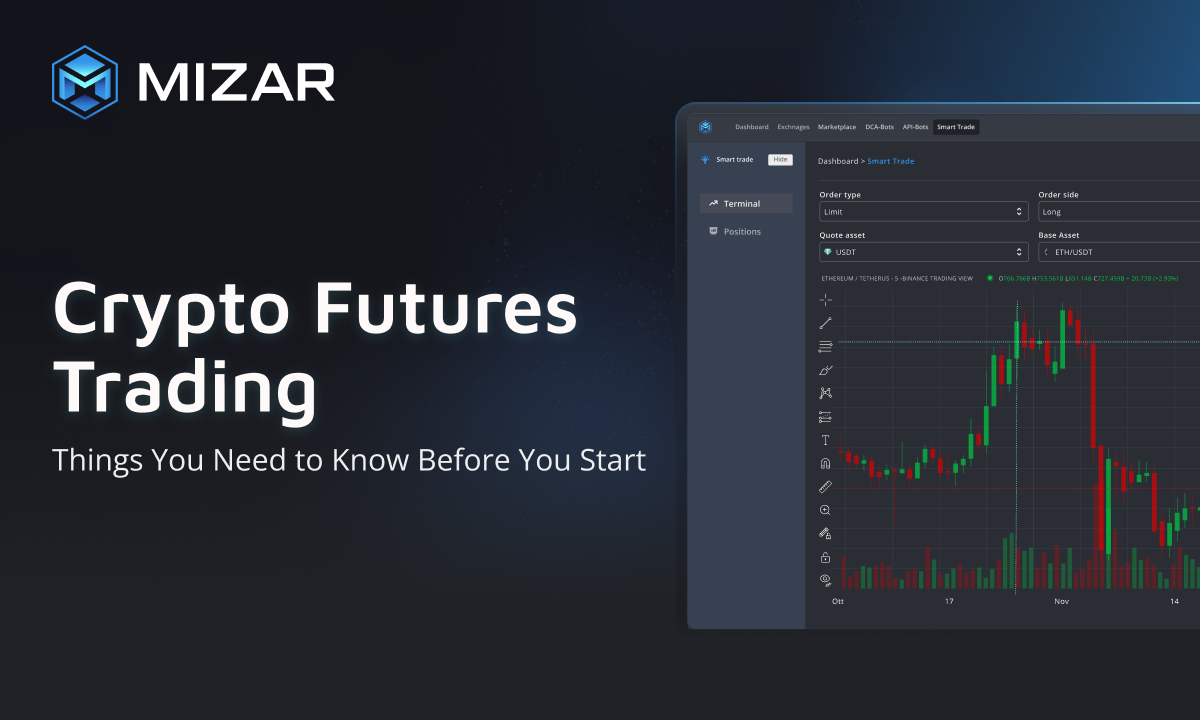
If you're familiar with the world of crypto trading, you may have heard of futures trading, one of the preferred instruments among experienced traders. Futures trading differs from spot trading as it involves an agreement between two parties to purchase or sell an asset at a pre-arranged price and date in the future.
Key Takeaways:
Futures trading involves two parties agreeing to buy or sell an asset at a future date and a predetermined price.
Futures contracts allow traders to gain exposure to cryptocurrencies without needing to own the underlying asset. The use of leverage offers more potential to grow one´s crypto portfolio.
Futures trading can also serve as a hedge to protect a portfolio when investments are moving in the wrong direction.
Short selling is a strategy in futures trading where traders sell high and buy low to profit from price differences.
In the last two articles, we provided an overview of the different markets (Futures, Spot, Margin & Options) and did a separate deep dive into spot trading. Before you dive into the world of crypto futures trading, it's important to understand the basics. In this article, we'll cover everything you need to know to get started, from what futures trading is all about to key things you need to keep in mind.
What is Futures trading?
Futures trading is a type of trading where the trader doesn't actually hold the asset, but rather two parties sign a contract agreeing to buy or sell an asset at a predetermined price and date in the future. It differs from spot trading, where trades are settled immediately at the current market price. Futures trading is used by both speculators and hedgers. Speculators bet on the future price movements of an asset, while hedgers use futures contracts to protect themselves from potential losses due to price fluctuations.
How does Crypto Futures Trading Work?
Traders that start trading futures can benefit from price increases to boost their portfolios or go short when the market goes down.
Leverage allows traders to increase the potential profitability of a trade by using borrowed funds.
Let's say a trader has $100 in their account and wants to enter a long or short position worth $1,000 using 10x leverage. This means they can borrow $900 to increase the size of their position. If the trade goes in their favor, even a 10% price change could potentially double the initial balance on their account in a short period of time.
However, it's important to keep in mind that using leverage also increases the potential for losses if the trade moves against the trader. So, while leverage can amplify potential profits, it also comes with higher risks and requires careful risk management.
In futures trading, high leverage requires high liquidity to fill buy and sell orders without slippage. Choosing futures exchanges and assets with high liquidity can help ensure quick and efficient order execution, while inadequate liquidity can increase the risk of price slippage, negatively impacting trading results.
When should I go long or short on the futures markets?
As explained in our previous article deciding whether to go long or short in the futures market will depend on your market outlook and trading strategy. Here are a few considerations to keep in mind when making this decision:
Going long (buying):
If you expect the price of the underlying asset to rise in the future, you may want to go long by buying a futures contract. This can provide opportunities for profit as the price of the asset increases.
Going long can also be a way to hedge against inflation or protect against potential losses in a long-term investment.
Going short (selling):
If you expect the price of the underlying asset to fall in the future, you may want to go short by selling a futures contract. This can provide opportunities for profit as the price of the asset decreases.
Going short can also be a way to hedge against a long-term investment or protect against potential losses in a down market.
Benefits of Crypto Futures Trading
Leverage: With futures trading, traders can use leverage to control a larger amount of an asset with a smaller amount of capital. This provides opportunities for potentially higher profits.
Hedging: Futures trading allows traders to hedge against price fluctuations, providing a way to manage risk and protect against potential losses.
Speculation: Futures trading allows traders to profit from price movements without owning the underlying asset, providing opportunities for potentially higher returns.
Risks of Crypto Futures Trading
Leverage: Futures trading is often done with leverage, which amplifies both profits and losses. This leads to higher risks, and traders must be aware of the potential for significant losses if the market moves against them.
Margin: Futures traders are required to maintain a certain amount of margin, which can be a challenge, particularly in volatile markets. Failing to maintain the required margin can lead to liquidation and significant losses.
Contract size: Futures contracts are typically much larger than spot trading positions, which can be a barrier for smaller traders.
Overall, while futures trading can provide opportunities for higher returns and risk management, traders must be aware of the higher risks and complexities involved in this type of trading. It's important to carefully consider risk tolerance, capital requirements, and trading strategies before entering the futures market.
How to easily trade on the Futures Market with Mizar?
To easily start trading on the futures market you can use the Mizar crypto copy trading platform:
Sign up on Mizar. Please enable 2FA verification.
Connect Mizar to your favorite exchange API keys. We recommend you do this with IP whitelisting.
Make sure you have enough credits in your Mizar account.
Go to the Mizar marketplace and filter for the Futures market to see all futures trading strategies.
Choose the strategy you prefer, allocate your investment, choose the appropriate amount of leverage for your positions (max 20x), and start profiting from the futures.
To learn how to copy trading strategies from the Mizar marketplace, you can check out our comprehensive guide here. If you're unsure which strategy to choose, we suggest getting to know our strategy providers on a personal level through our Discord community. By interacting with them, you can gain insight into their trading methods and ask questions to make informed investment decisions. Join our Discord channel here.
Conclusion
Futures trading can be a useful tool for traders and investors looking to hedge against price fluctuations or profit from price movements. However, it is important to understand the risks and complexities of futures trading before you begin. Remember to always do your research and consult with a financial professional before making any investment decisions. In the next article, we will explore the technicalities of futures trading for perpetual.
